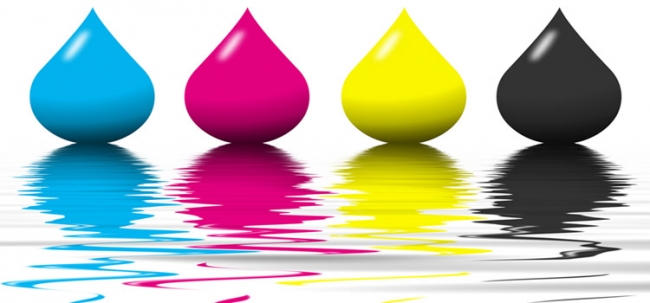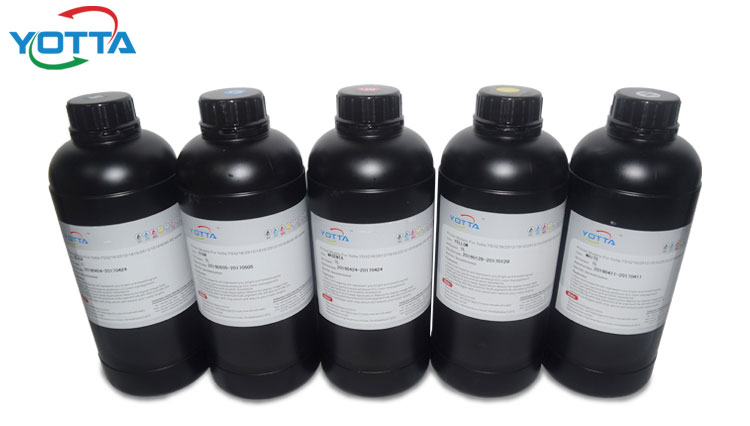Industry News
- 2019-06-05 16:13:31
-

UV inkjet printers can paint a lot of flat materials, and more and more people are also investing in the industry of using UV inkjet printers for product processing or advertising.
In the process of actual uv inkjet printing, we will encounter some materials that are as soft as leather. In this case, soft ink is needed for uv inkjet printing, but soft ink and hard ink cannot be mixed because the natures of the soft ink an hard ink are different. If they are mixed, there will be a chemical reaction and the nozzle will be blocked.
More anout uv ink, visit How should we do if the ink adhesion is not good?
The differences between soft ink and hard ink of UV inkjet printer are as follows:

First, the applicable materials are different: hard ink is suitable for materials such as metal, hard plastic, ceramic tile, signage, acrylic, glass, integrated board, while soft ink is suitable for leather, advertising cloth, soft film, soft latex and etc.
Second, the soft ink has stronger pressure resistance and ductility: soft ink can make UV inkjet printer spray on the soft material, and in the case of material distortion, there will be no faults or cracking. When using hard inkjet printing, the graphic pattern will crack when the material is distorted.
Third, the ICC profile is different. When using soft ink instead of hard ink in the same machine, ICC profile must be different. Even printing the same soft material, the ICC profile is different according to the usage of the soft material. Yotta has professional equipments to make ICC profiles and assure that the printing images are clear and vivid.
When printing a harder material, it is necessary to use hard ink. The adhesion of the hard ink is stronger, so different types of inks are used when printing different materials.
- Previous [Return Home] [Print] [Go Back] Next
Products Search
Contact Us
Contact Person:
Sales DepartmentTel:
+86-755-89915058Fax:
+86-755-89621558E-mail:
peter@yottaprinter.com




